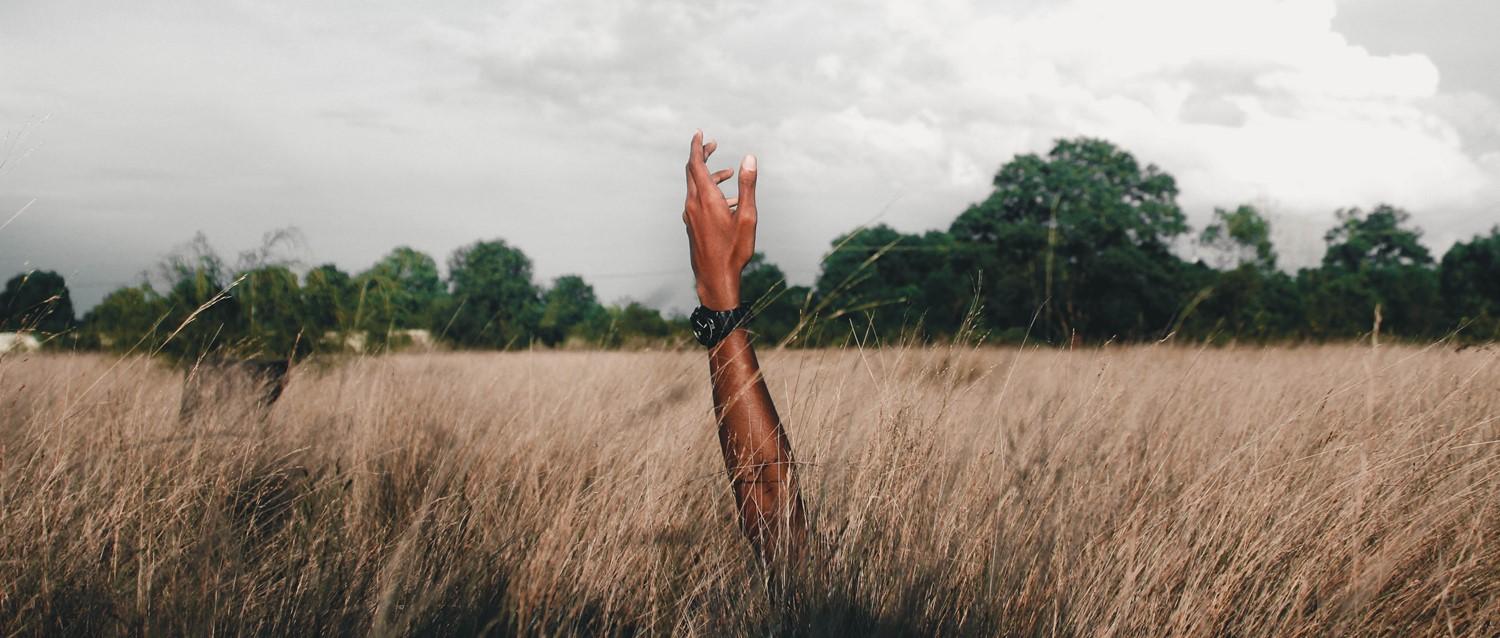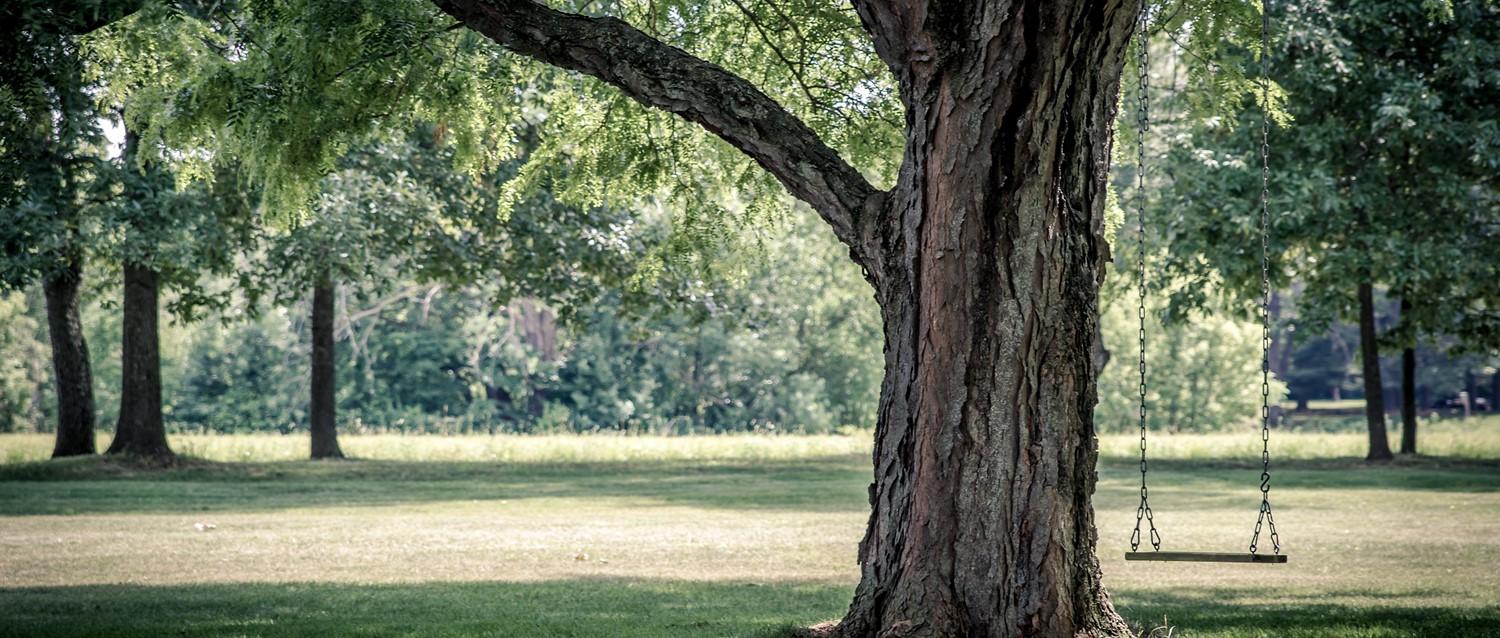
Why are Black and Asian people at greater risk from COVID-19?
Peer reviewed by Dr Sarah Jarvis MBE, FRCGPLast updated by Ellie BroughtonLast updated 3 Jul 2020
Meets Patient’s editorial guidelines
- DownloadDownload
- Share
- Language
- Discussion
A new national review found that Black and Asian people are more likely than white people to die from COVID-19. To save lives, doctors and patients need specific advice to understand how and why the virus is impacting people of different ethnicities in different ways.
In this article:
Since the pandemic began, many have warned that Black and Asian people in the UK run a disproportionately high risk from COVID-19. In May, the Office for National Statistics found that Black people were more than four times more likely to die from COVID-19 than white people.
Now, a new review by Public Health England (PHE) found that, even after taking into account the effect of sex, age, deprivation and region, people of Chinese, Indian, Pakistani or Caribbean backgrounds and people with 'Other Black' or 'Other Asian' ethnicities had a 10-50% higher risk of dying from COVID-19 compared with white people. Bangladeshi people in particular were found to be twice as likely to die from COVID-19.
A still more recent review took into account:
Behavioural factors (sociability and risk-taking behaviour);
Socio-economic factors (deprivation, type of home, household overcrowding, poor diet quality); higher incidence of type 2 diabetes and risk factors for heart disease; and
Higher incidence of low vitamin D levels among people of BAME origin.
The review found that these factors combined were still not enough to account for the difference in risk of severe COVID-19 illness.
"There is clear evidence that COVID-19 does not affect all population groups equally," states the government's recommendations following that review. "Many analyses have shown that older age, ethnicity, male sex and geographical area, for example, are associated with the risk of getting the infection, experiencing more severe symptoms and higher rates of death."
Continue reading below
No single factor
Authors of the review put forward two reasons why Black, Asian and people from other minority ethnic groups (such as Roma, or people with mixed heritage) might be at such high risk.
First, authors said, people from minority groups were more likely to be at a higher risk of catching the coronavirus which causes COVID-19. On average, Black and Asian people were more likely to live in urban areas, deprived areas, and overcrowded households, and to work in higher-risk jobs compared with white people.
Second, Black and Asian people who get COVID-19 were more likely to be at risk of worse outcomes. Authors give risk from comorbidities as the main example of this.
Comorbidities
In 21% of all deaths studied in the review, diabetes was mentioned on the death certificate. For Asian people, this rose to 43%; for Black people, 45%. For white people, it was just 18%. The same inequalities were seen for heart disease caused by hypertension.
Often, Black and Asian minorities are more likely to have the chronic conditions noted in COVID-19 deaths. Authors mention the prevalence of cardiovascular disease, hypertension and type 2 diabetes in different minority populations as examples. The role of underlying health conditions requires further investigation, they say.
Continue reading below
Occupation
The review warned that some jobs ran a higher risk to the lives of their workers, both in health and social care and outside of it. The review warned that men and women working in social care also had 'significantly high' rates of death from COVID-19.
The NHS has a high proportion of Asian (10%) and Black (6.1%) staff, staff with mixed ethnicity (1.7%) and Chinese staff (0.6%). In April, an HSJ analysis of 119 deaths of NHS staff found a 'disproportionately high' risk to the lives of Black and Asian staff.
The review found that men working as security guards, taxi drivers and chauffeurs, bus and coach drivers, chefs, and sales and retail assistants, and 'lower-skilled' workers in construction and processing plants were more likely to die from COVID-19.
The Office for National Statistics says that one in five workers in jobs with the highest exposure to COVID-19 are Black or Asian - for example, over a quarter of medical practitioners (28%), dental practitioners (28%) and opticians (27%).
The review made no recommendations about how to protect those in high-risk occupations.
Genetics
There is no evidence that Black and Asian people are genetically predisposed to catching or dying from COVID-19.
It is hard to make the case that comorbidities are genetic, either. For example before COVID-19, researchers looking at type 2 diabetes said that the reason different ethnicities have different risks remains unclear, but does not seem to be genetic.
Continue reading below
Vitamin D
In general, Black and Asian people often have low levels of vitamin D. During lockdown, people will have lower levels than usual from staying indoors so much.
There is no evidence yet that vitamin D protects you from coronavirus. But, separately from the review, PHE recommends that everyone (whatever ethnicity) take vitamin D supplements while social distancing measures are in place.
Rates of infection
Lastly, the review did not look into whether Black and Asian people were more likely to catch COVID-19. Data came from 'confirmed cases' - people who had severe COVID-19. Authors did not look at how ethnicity affects symptoms, access to diagnosis, testing or treatment - urgent information which would directly inform national guidance.
What can be done about the coronavirus race gap?
Talk to your GP
Dr Muhammad Naqvi is a GP in Newham. Some 73% of Newham residents are from an ethnic minority.
"There was always going to be a hefty challenge," Dr Naqvi says. "Even one death is just terrible and has so much impact. It's a very, very difficult time. People are frightened of going outside."
Since March doctors in the borough have been advising many patients to shield at home. They went above and beyond Government recommendations for shielding and even equipped at-risk patients with home oxygen monitoring so they would be able to recognise COVID-19 symptoms as soon as possible.
Meanwhile, local GPs have used phone calls to answer questions and advise patients on how to reduce their individual risk from COVID-19.
Use existing guidance
Dr Mayur Lakhani, a GP in Leicestershire, has advised patients to take vitamin D supplements and eat plenty of fresh fruit and vegetables for vitamin C.
"Whatever patients choose, I strongly recommend being extremely careful with social distancing, wearing a face covering and frequent handwashing," he says.
Shielded patients should practise 'stringent' social distancing, he adds.
Get help at work
"Many of our BAME patients are frontline workers so we encouraged them just to stay away from work unless they felt safe and there were appropriate measures in place," Dr Naqvi says.
Like Dr Naqvi, Dr Lakhani senses a high level of anxiety and fear amongst BAME staff and recommends that ethnicity be included in individual risk assessments.
"It is essential that duties are modified according to a risk score," he says. "Many alternative options exist, like remote working." Dr Lakhani recommends that people in health and social care use the NHS Employers risk score as a starting point.
In the absence of national guidance, employers are doing what they can to protect staff. For example in Somerset, the local NHS trust included all its BAME staff in the 'vulnerable and at risk' group, guaranteed them access to testing within five days of symptoms and prioritised them for PPE fitting.
Next steps
After the review came out, race equality organisations such as CORE demanded that the Government publish the missing recommendations.
"There are no suggestions about how we might reduce the number of BAME deaths or protect frontline BAME staff who remain at serious risk," one group, CORE, wrote of the review. "Nor does it reach any firm conclusion about why this disproportionality occurs or analyse whether racism in its many forms plays a key role - for example, in access to PPE."
Charities like Diabetes UK also called for action.
"The pandemic has brought into sharp focus the inequalities we already know impact the health of BAME people with diabetes," explains Helen Kirrane, Diabetes UK's head of policy. "Governments across the UK need to urgently investigate the reasons why BAME people are at greater risk from COVID-19, and take swift and decisive action to reduce this risk right now."
The recommendations, which extend beyond just managing the impact of the coronavirus pandemic, have now been published in a document analysing the results of the review.
The recommendations include:
Making ethnicity data collection and recording part of routine NHS care.
Supporting community participatory research into BAME communities.
Improving access, experiences and outcomes of services by BAME communities.
Accelerating development of occupational risk assessment tools.
Funding, developing and implementing educational tools for BAME communities.
Improved targeting of public health and health promotion campaigns.
Ensuring sustainable change by making sure the impacts of COVID-19 recovery strategies last long-term.
Patient picks for General information

COVID-19
Coronavirus: why is outdoors safer than inside?
Socialising with people outside your household is now permitted but only if you stay outside and remain two metres away from them. We explore why risk of coronavirus transmission is likely lower outdoors and what you still need to do to stay safe.
by Natalie Healey

COVID-19
COVID-19: how to avoid burnout during the coronavirus pandemic
At this stressful, uncertain time, many of us may be coming close to burnout. During the coronavirus lockdown it's becoming harder and harder to maintain a work-life balance, or find time for relaxation whilst staying informed about what's going on around us.
by Abi Millar
Continue reading below
Article history
The information on this page is peer reviewed by qualified clinicians.
3 Jul 2020 | Latest version

Ask, share, connect.
Browse discussions, ask questions, and share experiences across hundreds of health topics.

Feeling unwell?
Assess your symptoms online for free